Apple is fairly predictable when it comes to its operating system updates. Every year, they introduce new versions of iOS, iPadOS, macOS, watchOS and tvOS at the developer conference WWDC, while the sharp versions are then available to the general public during the autumn of the same year. However, Microsoft always did it a little differently with its Windows.
The first graphics system was released by Microsoft back in 1985, when it was Windows for DOS, although Windows 1.0 was released in the same year. From his point of view, Windows 95, which received its successor three years later, i.e. in 98, was certainly revolutionary and appropriately successful. It was followed by Windows Millennium Edition along with other systems belonging to the NT series. These were Windows 2000, XP (2001, x64 in 2005), Windows Vista (2007), Windows 7 (2009), WIndows 8 (2012) and Windows 10 (2015). Various server versions were also released for these versions.
It could be interest you

Windows 10
Windows 10 then introduced a unified user experience for different platforms, i.e. desktop and laptop computers, tablets, smartphones, Xbox game consoles and others. And at least with tablets and smartphones, he certainly didn't succeed, because we don't see these machines anymore these days. Microsoft also offered the same strategy that Apple pioneered, i.e. free updates, with this version. Owners of Windows 7 and 8 could therefore switch completely free of charge.
Windows 10 was supposed to be different from the previous version. Originally, it was a so-called "software as a service", i.e. a software deployment model where the application is hosted by the service operator. It was supposed to be Microsoft's last graphics system to bear the Windows name, which would be regularly updated and would not receive a successor. So it received several major updates, with Microsoft also providing developer beta versions here, following Apple's example.
Individual major updates brought not only news, but also various improvements and, of course, numerous bug fixes. In Apple's terminology, we could compare it to decimal versions of macOS, with the difference that no big one, i.e. the one in the form of a successor, will come. It seemed like an ideal solution, but Microsoft had not run into a problem - advertising.
If only small updates are issued, it does not have such a media impact. So Windows was talked about less and less. This is also why Apple releases a new operating system every year, which is easy to hear about and thus achieves appropriate advertising, even if there are actually not that many new features. After some time, even Microsoft understood this, and that's why it also introduced Windows 11 this year.
It could be interest you

Windows 11
This version of the operating system was officially released on October 5, 2021, and this entire system was designed for a more agile and pleasant work. It includes a redesigned look with rounded corners as well as a redesigned Start menu, a centered taskbar and functionality that is copied to the letter from Apple. The one with Macs with an Apple Silicon chip allows you to install iOS applications, Windows 11 will allow this with Android applications.
It could be interest you
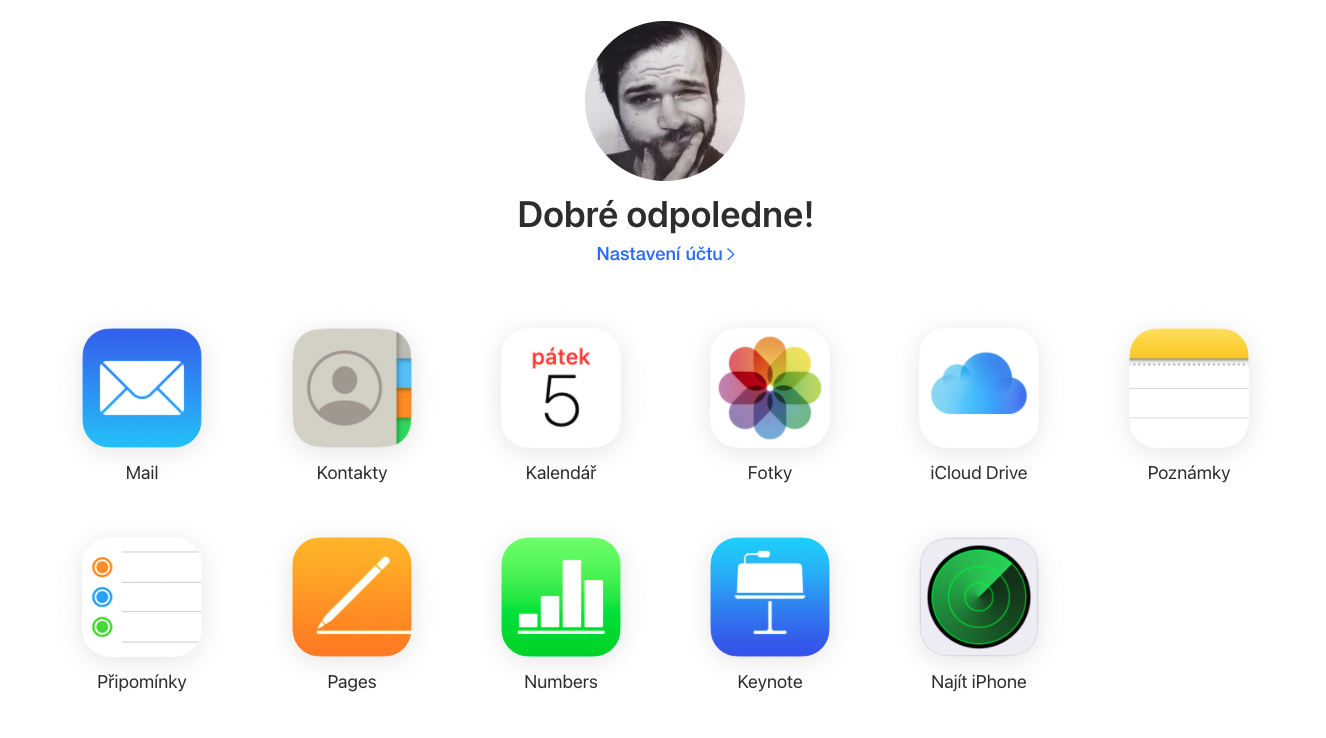
Update procedure
If you want to update macOS, just go to System Preferences and choose Software Update. It's similar with Windows, you just have to click through multiple offers. But it is enough to go to Start -> Settings -> Update and security -> Windows Update in the case of Windows 10. For "elevens" it is enough to select Start -> Settings -> Windows Update. Even if you're still using Windows 10, Microsoft doesn't plan to end support for it until 2025, and who knows, by then Windows 12, 13, 14, and even 15 might come if the company moves to annual system updates like Apple does .
It could be interest you

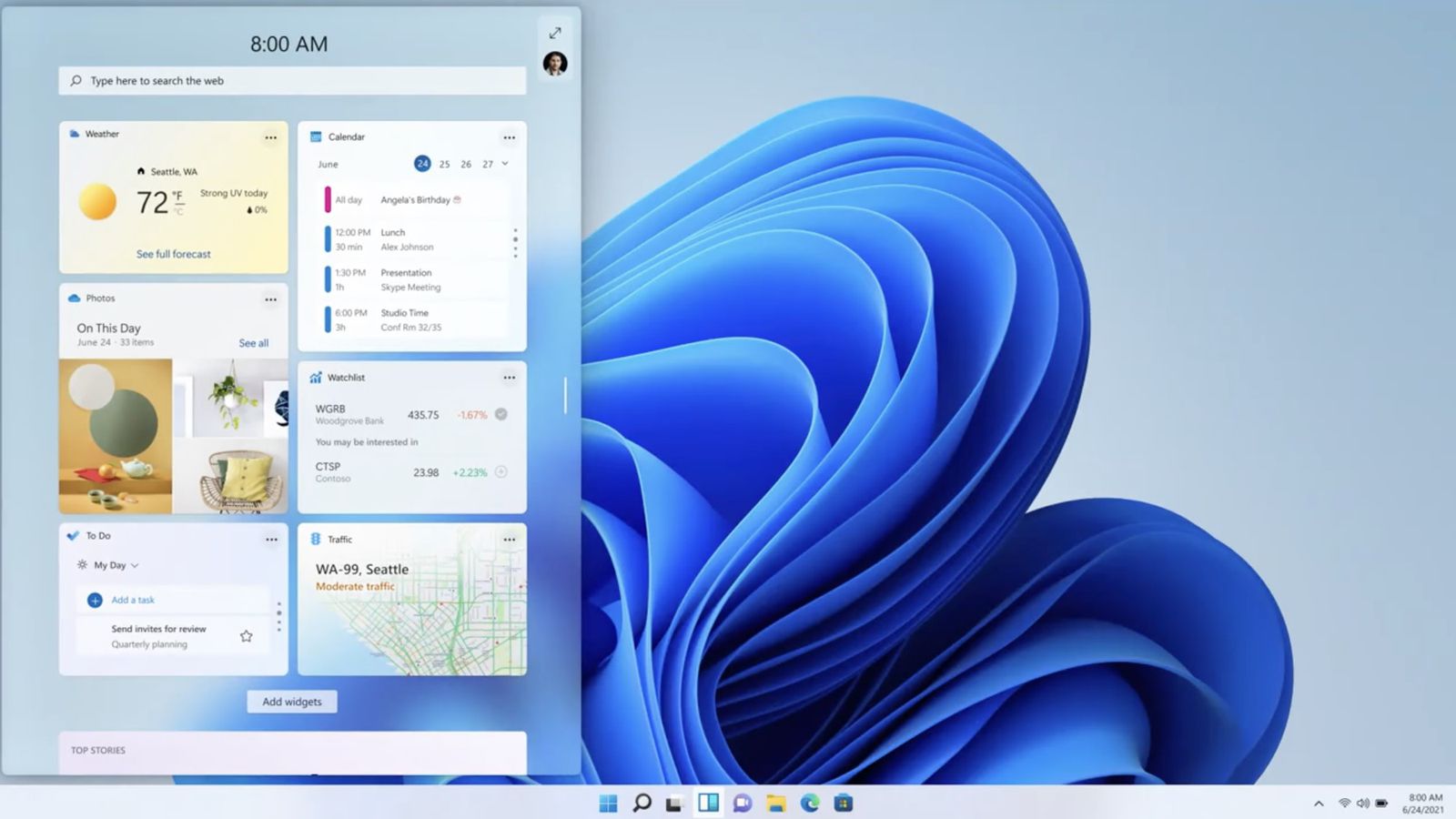
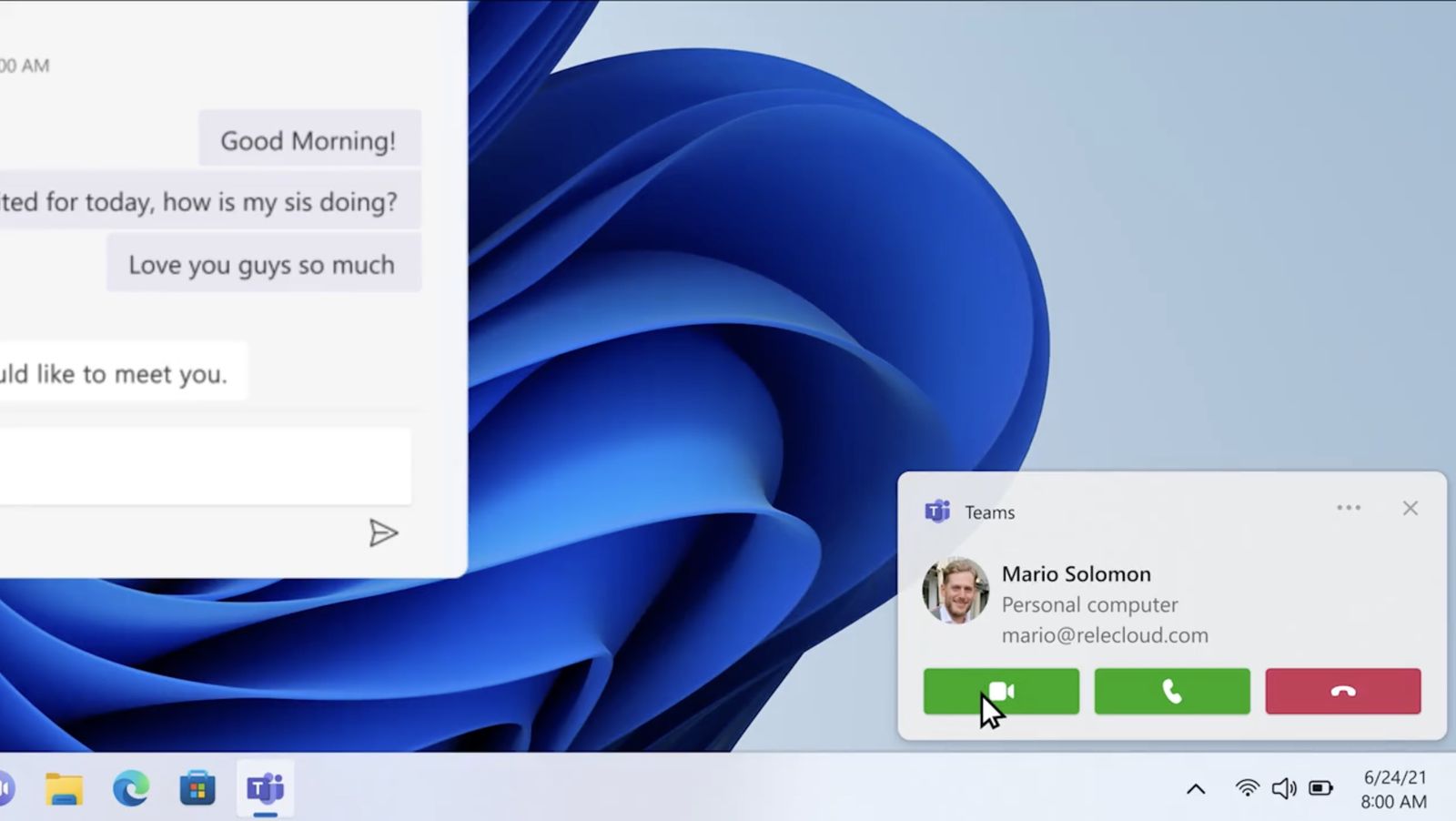
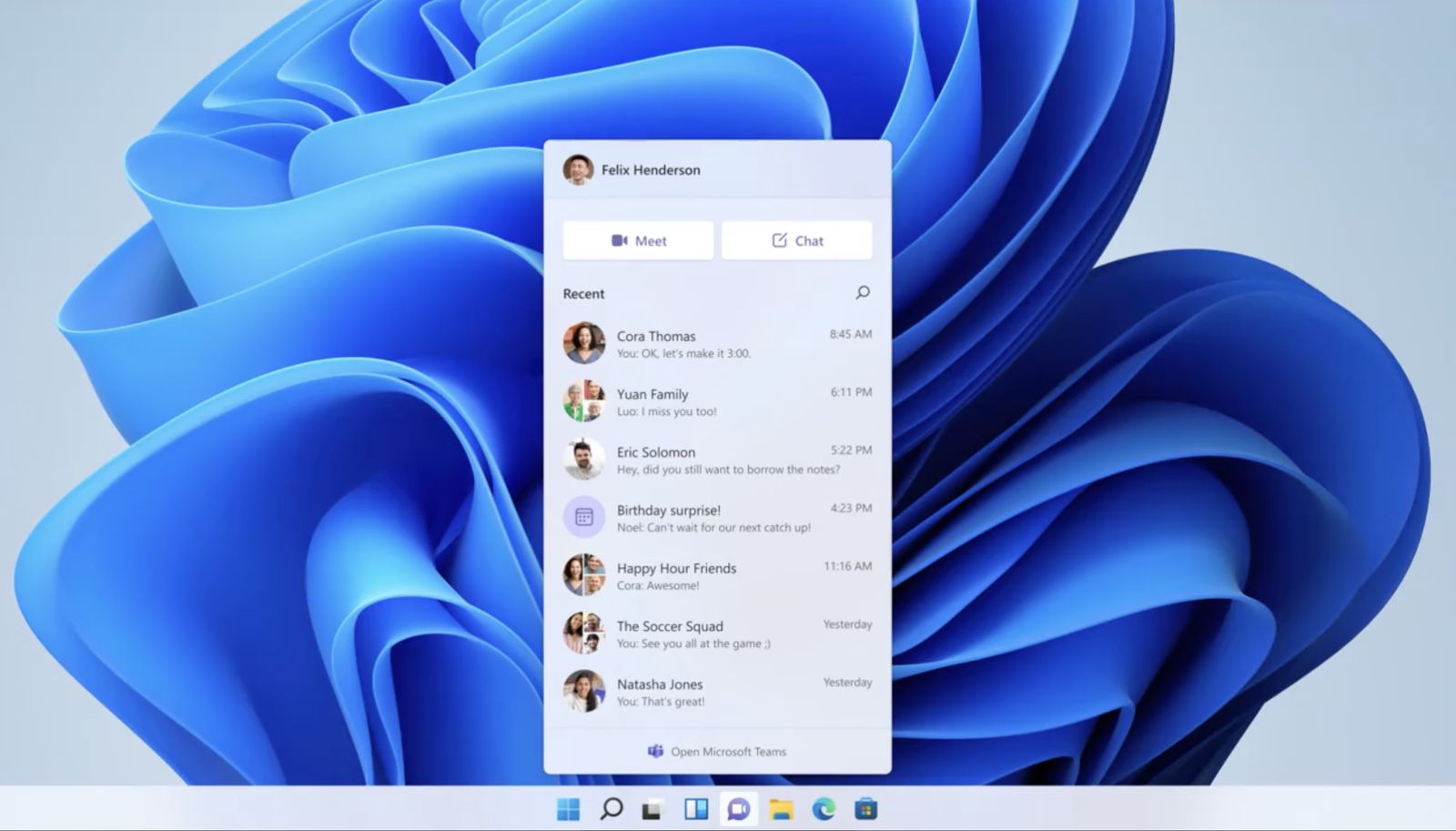
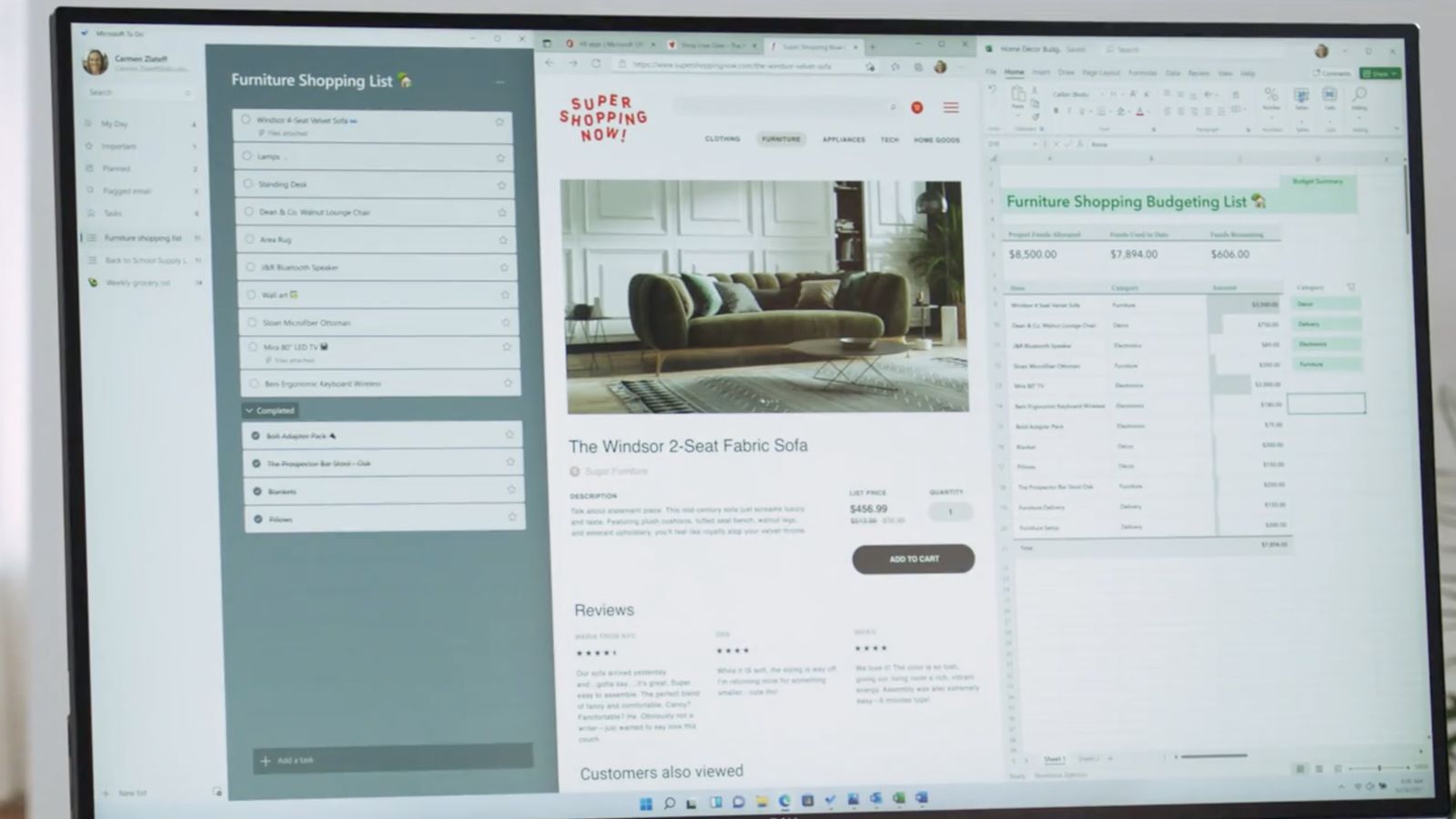
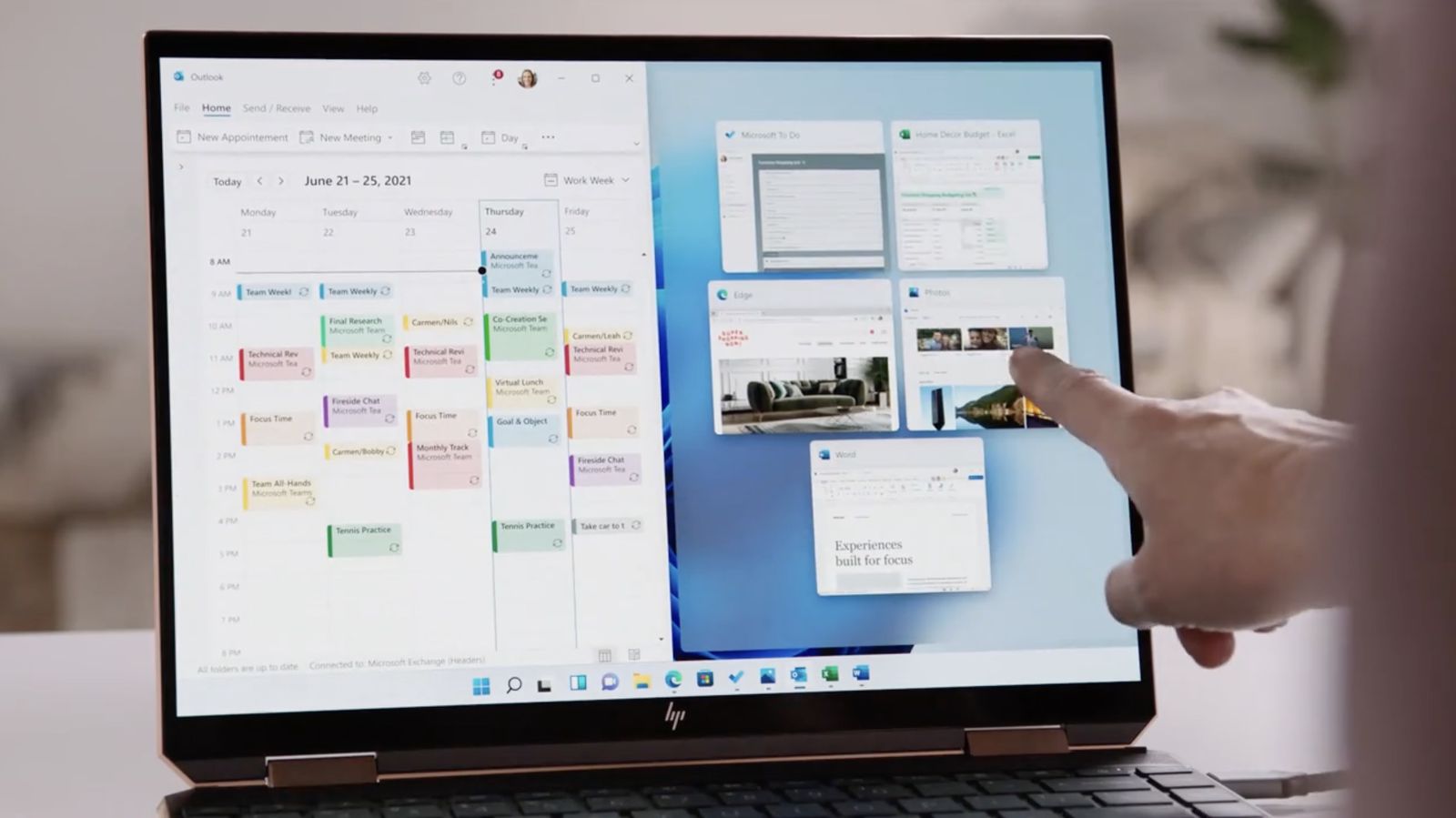

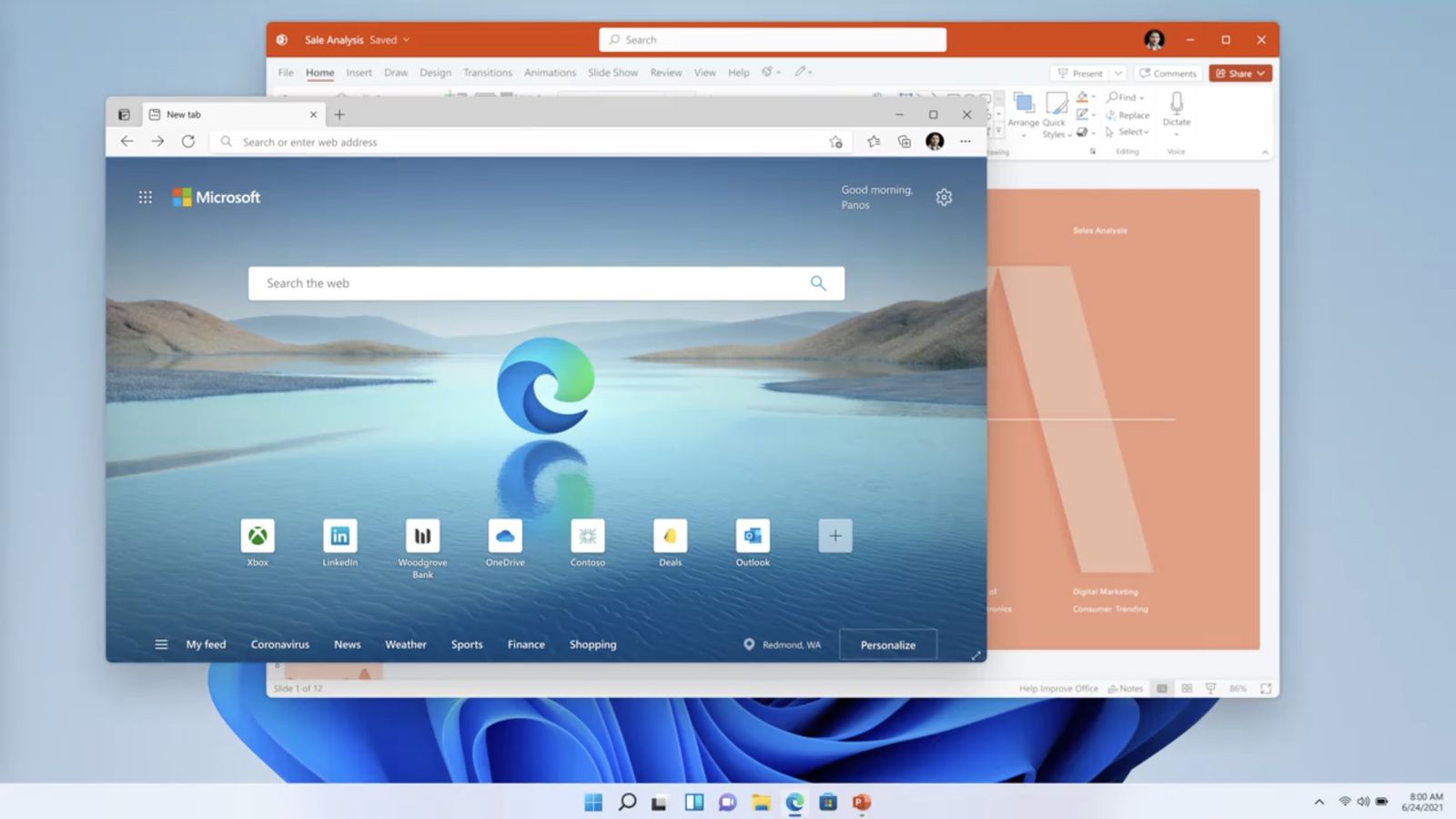
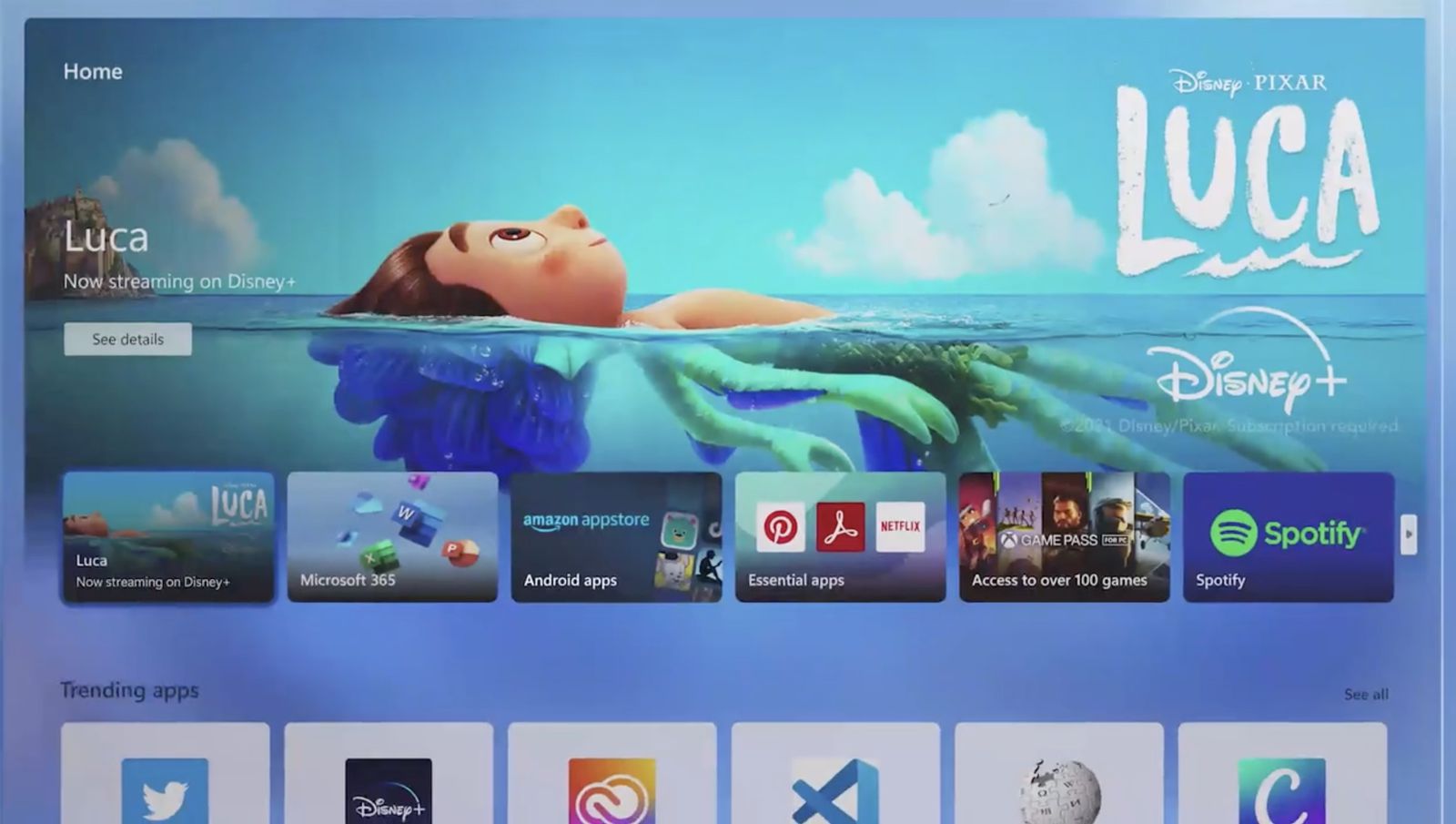
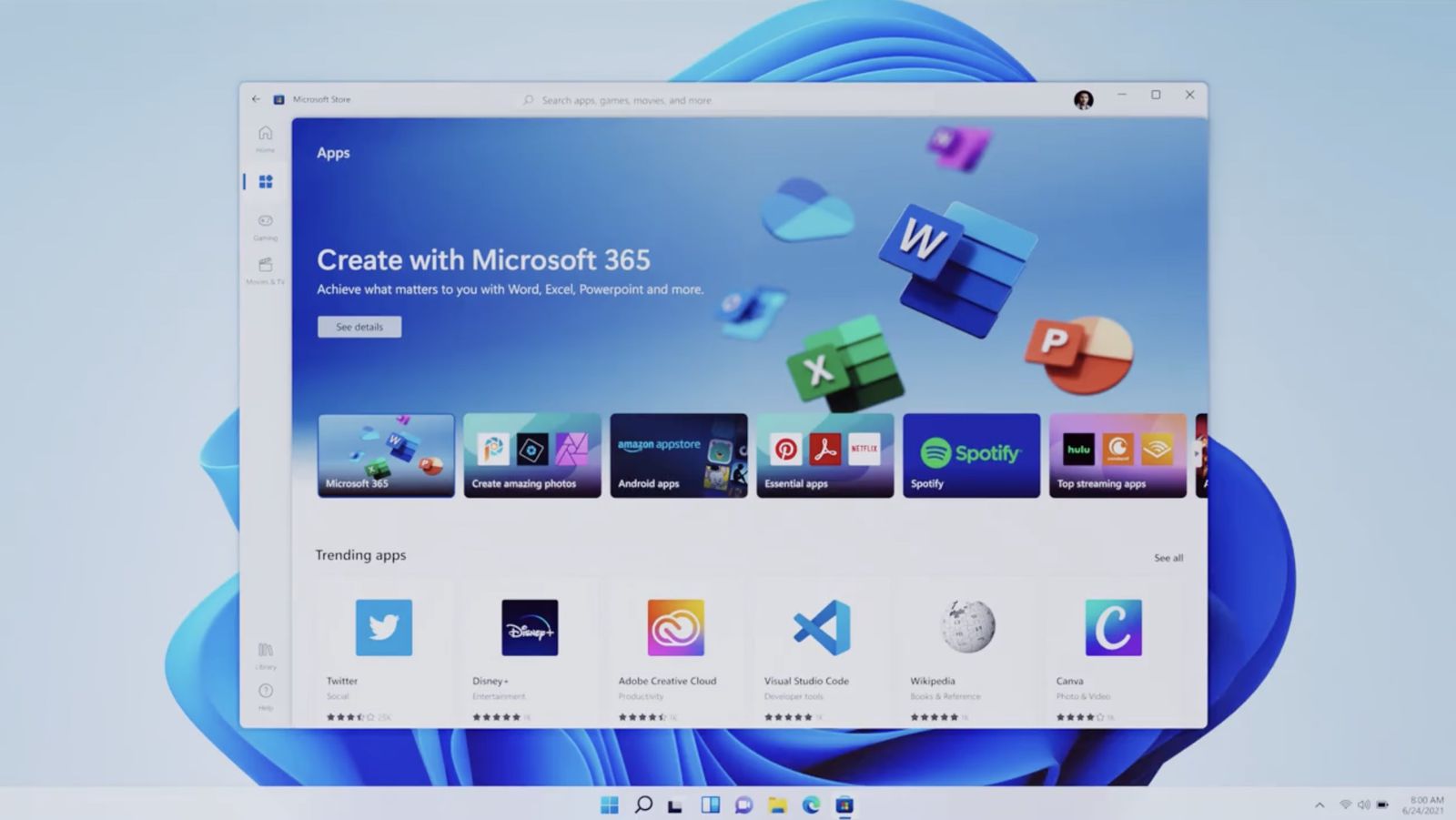
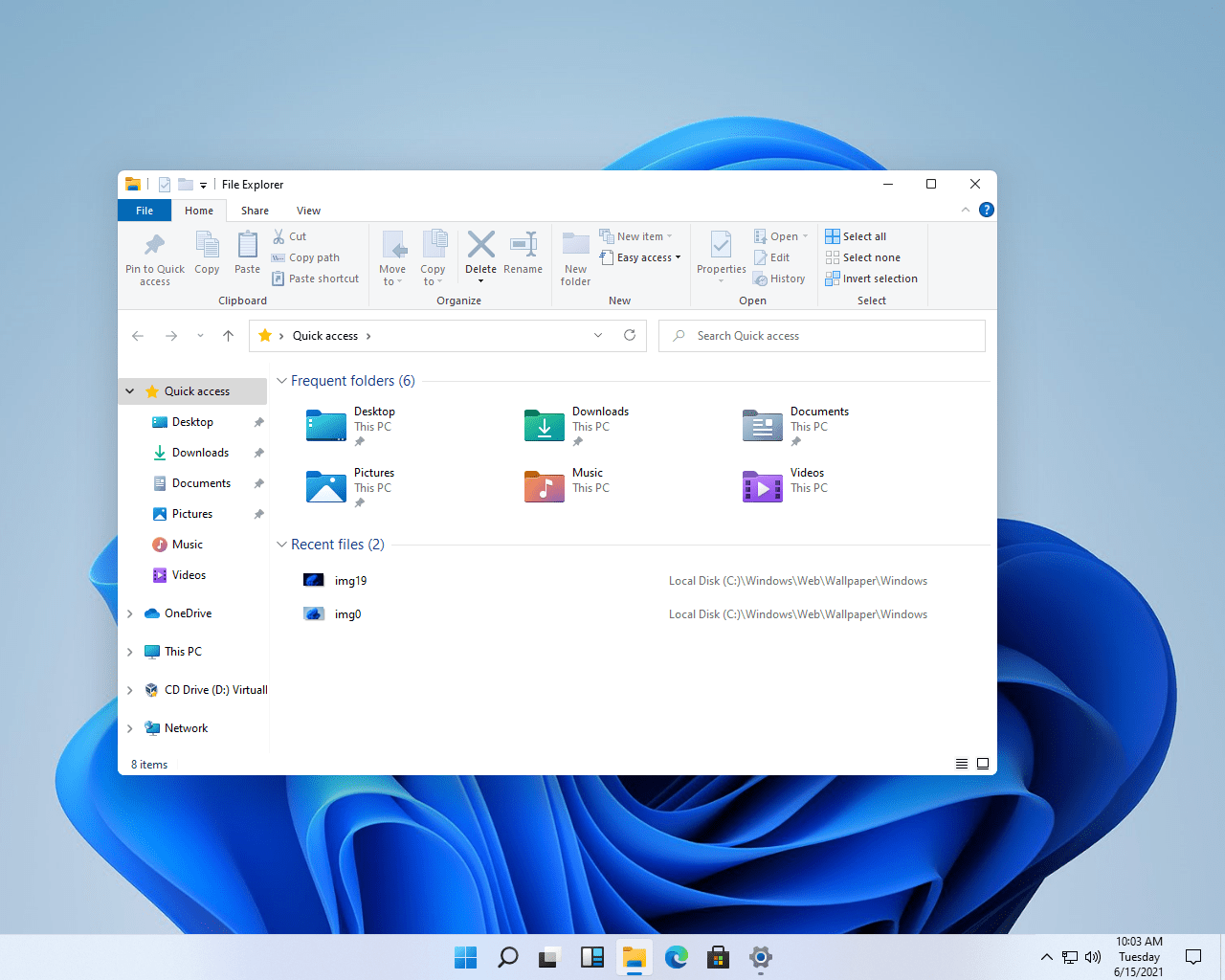
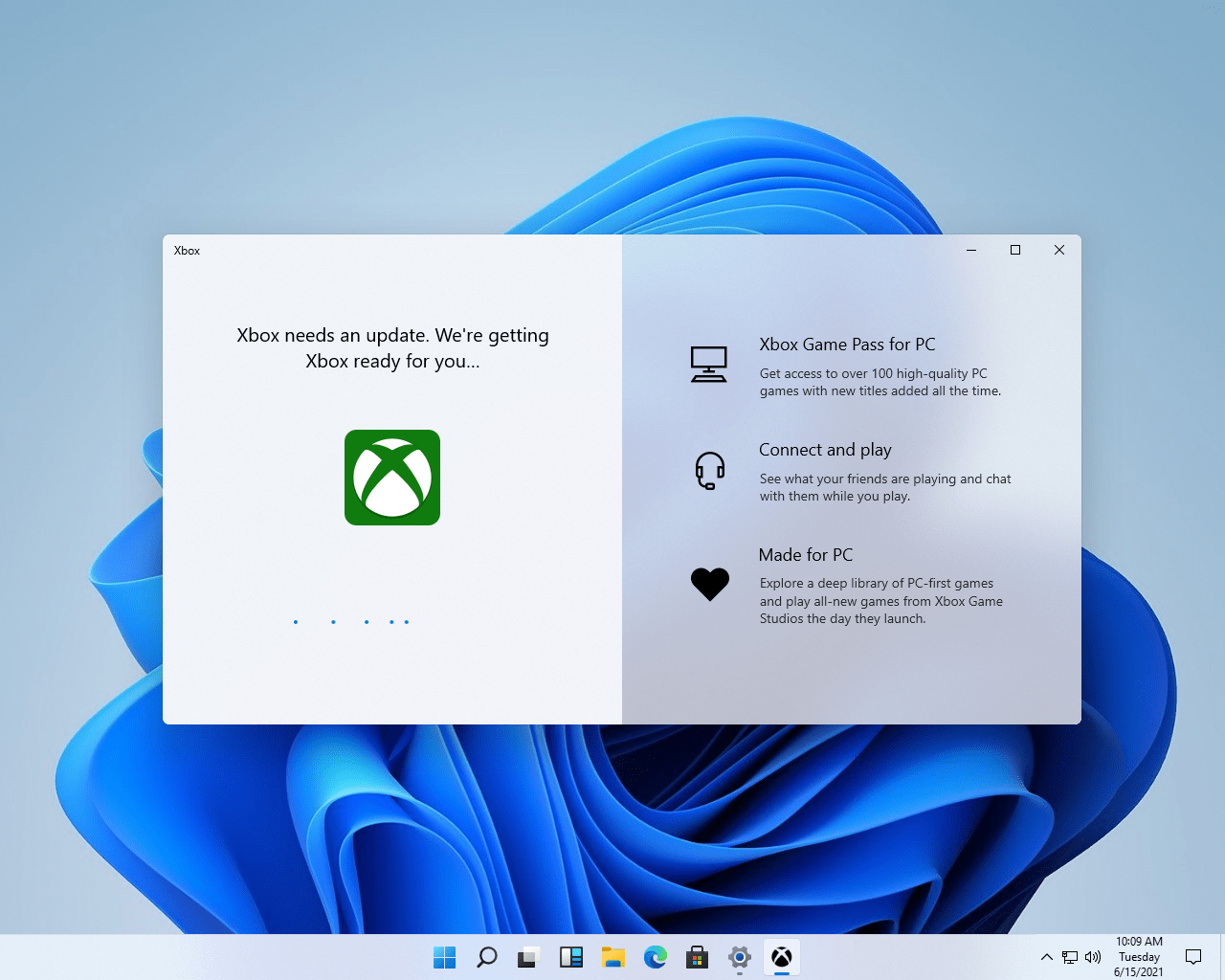




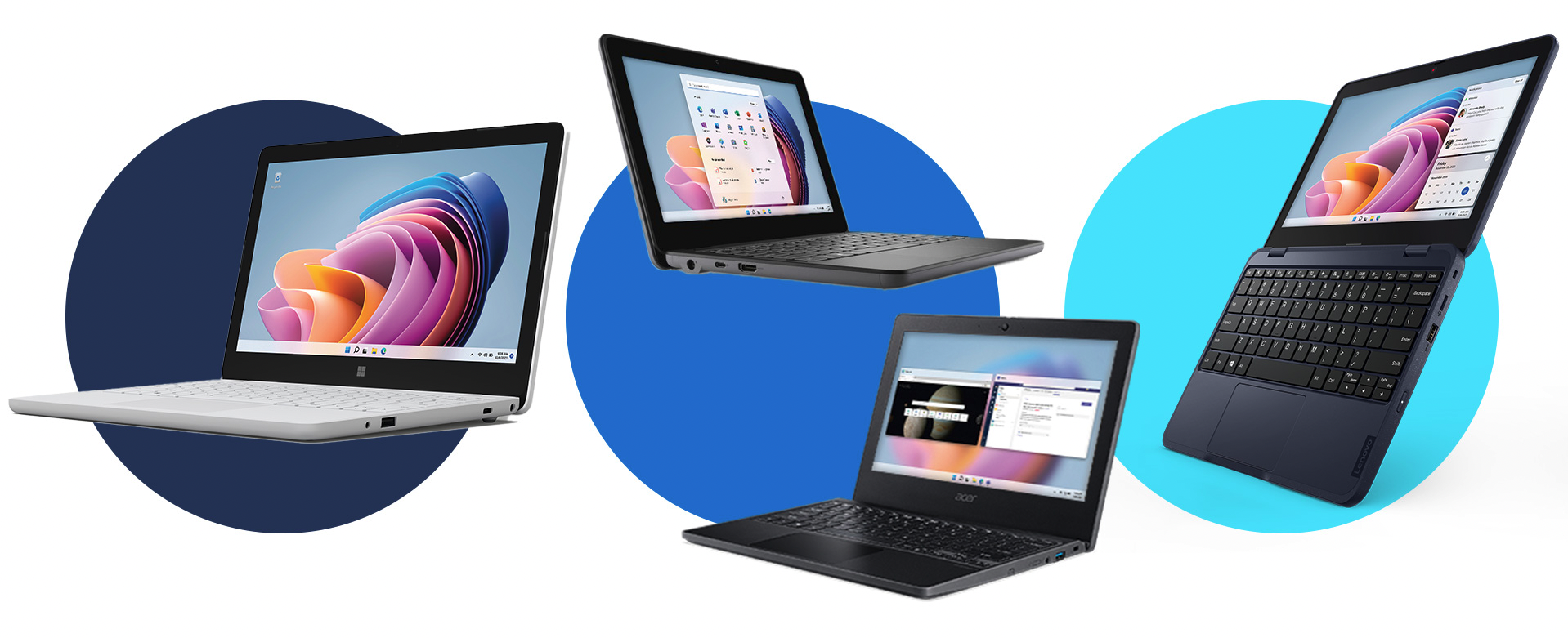
 Adam Kos
Adam Kos